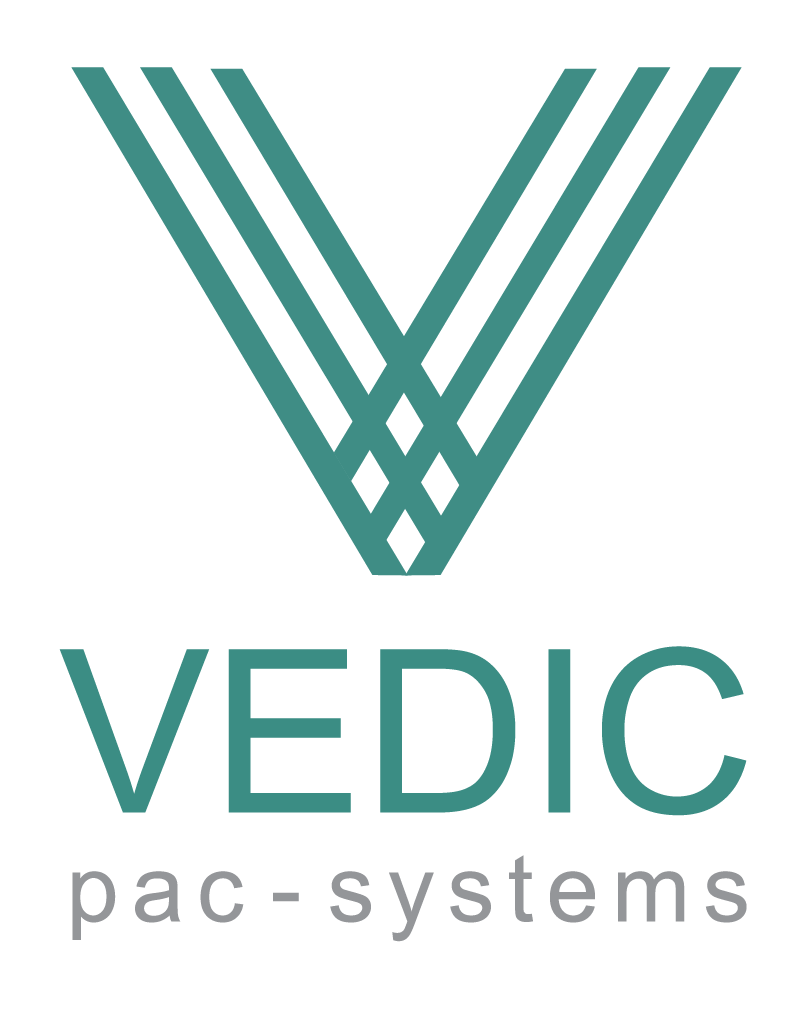Mr. Cyrus Ruttonsha, has been associated with the Indian electrolytic capacitor industry for 40 years. After completing his MA from Cambridge, UK, he became a member of the Institute of Electrical Engineers, London, and Chartered Engineer, UK. As the Managing Director of Serson Industries, he has seen this industry evolve over the years.
Below are some excerpts taken from his recent discussion with Mr Nirav Sampat, CEO – Vedic Systems.
A. The Indian electrolytic industry has not seen a significant addition to the number of manufacturing units. Why?
The construction and design of electrolytic capacitors is very different today than, say, 20 years ago. Circuits are seeing an exponential reduction in size. This means that smaller capacitors need to store a larger quantity of charge. Companies that have continuously invested in research and development have managed to keep pace with the requirements of the end-user. However, a new manufacturer would find it difficult to assimilate this technology, and may find itself thrown in the “deep end of the pool”. This is the primary reason why the industry has not grown in terms of the number of manufacturing units.
A. Once you have understood the various ingredients that go into the making of a high quality capacitor, and are prepared to use good manufacturing practices, the next logical step would be to have a strong and good quality supplier for each raw material. This would perfectly compliment a good assembly line. Here, again, the number of global suppliers has remained stagnant. Most raw materials, such as aluminium foils, paper etc., have to be imported, and the manufacturer needs to continuously monitor the quality of imports.
A. Consider the shrink ratio for PVC Sleeve. Normally, users are content with PVC sleeve that has rated working temperature as 85 °C. But, the capacitor itself generates heat, and this has to be absorbed by the sleeve without deformity. (This is one of the reasons why a motor start capacitor is used primarily for starting motors, and not running motors, since the running motor generates too much heat that may affect the capacitor). Aluminium foil had a purity level of 99% +. But, some suppliers now offer foils with Al. content of 98.8%, in a bid to boost the mechanical strength of the foil (so that stitching and riveting can be accomplished with greater ease for high speed assemblies). This should be a good replacement provided the electrical characteristics are not disturbed. Electrolytic paper should have good absorbent properties, without any perceptible increase in the thickness (this will make the end-product bulkier).
A. Certain quarters are of the opinion that formed foils can be procured externally, and only the assembly should be done in-house. I differ on that. For those who do their own forming, process parameters can be monitored so that a good oxide layer is formed. This means that, if you form the foil yourself, an extra parameter of the foil is within your control. Also, you tend to add more value to the foil, thus improving your margins and profitability. And you tend to understand and appreciate the design and construction of the capacitor much better. It broadens your horizon. Critics would argue that if this is the case, then why not develop the etched foils in-house, too. Easier said than done. Etching is a closely guarded process, and consumes a lot of energy. To develop the etching process from ground zero is not possible in a capital starved country like India. Moreover, the cost of energy is very high for us to etch the foil locally.
A. Sadly, most Indian manufacturers have not been able to add capacities to match global standards. Due to this, manufacturers from China and Taiwan are “dumping” their products in the Indian market, and local companies have to struggle to remain afloat. Indian manufacturers need to cater to niche markets, locally and internationally, to tide over this “crisis”. Also, lean times should be used as an opportunity to concentrate on development work, and improving the quality of the end-product. After all, a good capacitor lasts forever.
Mr. Cyrus Ruttonsha lives in Pune. He can be contacted at serson@vsnl.com
 Download Brochure
Download Brochure
